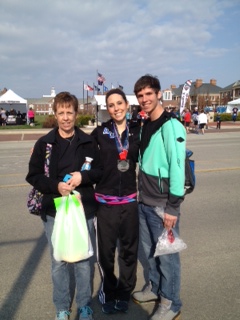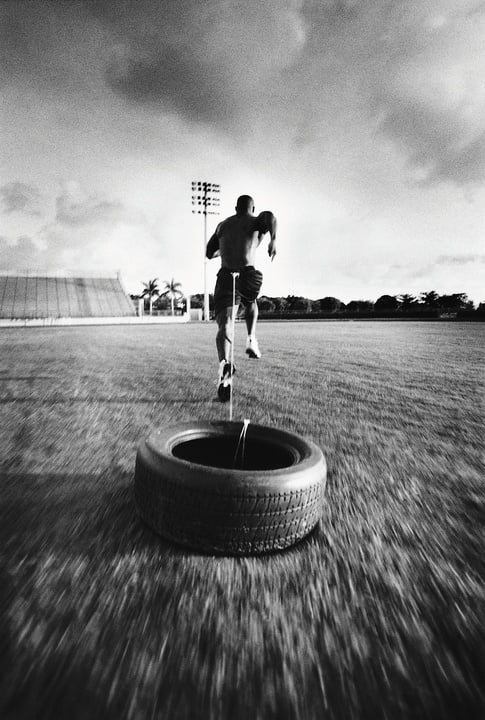 When putting together a program for anyone, client or athlete, you always want to have an idea when you would like to peak, or be at your best throughout that calendar year. For Mini-Marathon runners, May is the time to be at your best. For football players, you want to be firing on all cylinders when August rolls around. The structure of your training should be based around when your season is going to begin, to make sure your body is prepared to last the duration of the competitive months. Regardless of when you are competing, your training should never remain totally the same throughout the whole year.
When putting together a program for anyone, client or athlete, you always want to have an idea when you would like to peak, or be at your best throughout that calendar year. For Mini-Marathon runners, May is the time to be at your best. For football players, you want to be firing on all cylinders when August rolls around. The structure of your training should be based around when your season is going to begin, to make sure your body is prepared to last the duration of the competitive months. Regardless of when you are competing, your training should never remain totally the same throughout the whole year.
This concept of training periodization has been around forever. It was developed by a physiologist named Leo Matveyev around the 1960s. By definition, periodization is a preplanned, systematic variation in training specificity, intensity, and volume organized in periods or cycles within an overall program (see Essentials of Strength Training and Conditioning). Periodization can build the general framework of how you might want to structure your workout programs through your training year.
For our sake, I am going to refer to these periods or cycles as macrocycles. Macrocycles are the biggest of the divisions of training timeframes throughout your competitive year. They can be filtered down to smaller variations (mesocycles—smaller, microcycles—smallest), but we will stick to the biggest ones for now. This will allow you to get a general idea about the main goals for each macrocycle.
There are four macrocycles that will be divided up throughout the year. These are the following:
- Off-Season
- Pre-Season
- In-Season
- Post-Season
In this blog, I talk about the first two macrocycles. In my next blog I will talk about the final two.
Off-Season
The off-season is always one of the best times of the year to train. This is a time when you can focus on building strength but also implement some training modes that you might not use during the other phases of development (for example, flipping tires, boxing, swimming, and so on). I also like to use this time to assess the success of the programs I have used over the past year to see what helped improve aspects of my teams and what did not (FMS testing, strength/power testing, energy system testing).
A lot of teams and individuals spend a fair amount of time in this macrocycle (12-16 weeks). Although your competitive season is a long time away, slacking during this phase could set you behind in the goals you want to achieve. Practices are usually very short or nonexistent, which leaves plenty of time for you to hit the weights to get your body ready.
Recommendation:
Training Frequency: 4 to 6 days per week
Mode: Moderate Sport Specificity
Volume: High
Pre-Season
The pre-season begins what is considered crunch time when it comes to preparedness in the weight room and on the playing field. The season is right around the corner, and the next 8 to 12 weeks will fly by. You will be competing before you know it.
During this macrocycle, training becomes a lot more sport specific than in the preceding cycle. The goal is to get the body ready for the exact situations and stressors that you will encounter during competition. As a strength and conditioning coach, I want to prepare the athletes’ bodies with exercises that will mimic and enhance their actions on the field. Examples include working on lower-body power with football players, increasing aerobic endurance with soccer athletes, or enhancing rotational power with golfers.
All in all, you just need to be on the field or court playing in order to get ready for the season. However, the smaller the learning curve the athlete has from off-season to pre-season conditioning, the better. Too much stress too soon (as for athletes who do no training over summer break) can lead to overuse injuries from ramping up the activity levels too fast. Remember to take into account the fact that you are training more for your sport at this time, so do not overdo it in the weight room. Make sure you have adequate recovery time in order to get the most out of your previous months of training.
Recommendation:
Training Frequency: 3 to 5 days per week (depending on practice time/schedule)
Mode: High Sport Specificity
Volume: Medium-High
In part 2 of this blog, I’ll go through the other two macrocycles: in-season and post-season.


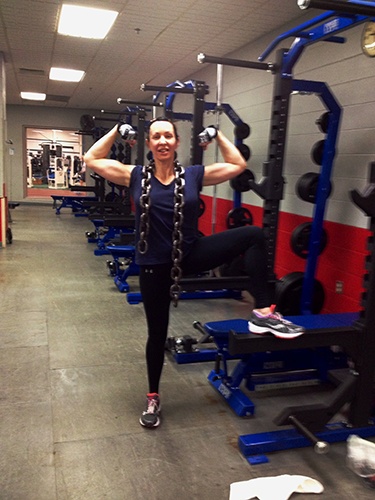 Working with phenomenal people is one of my favorite perks as a fitness professional. I often share that I have the best job on the planet because I get to spend time with just fantastic people. Witnessing the successes, the defeats, the comebacks, and the emotional victories is why I do what I do.
Working with phenomenal people is one of my favorite perks as a fitness professional. I often share that I have the best job on the planet because I get to spend time with just fantastic people. Witnessing the successes, the defeats, the comebacks, and the emotional victories is why I do what I do. 
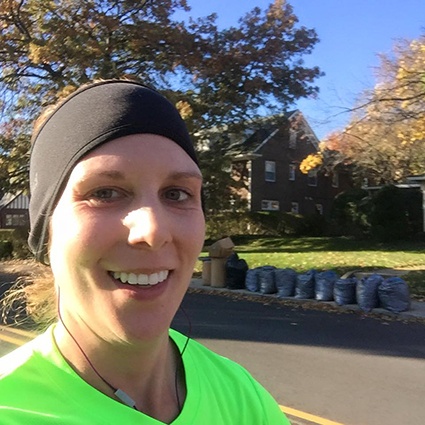 As we approach
As we approach 
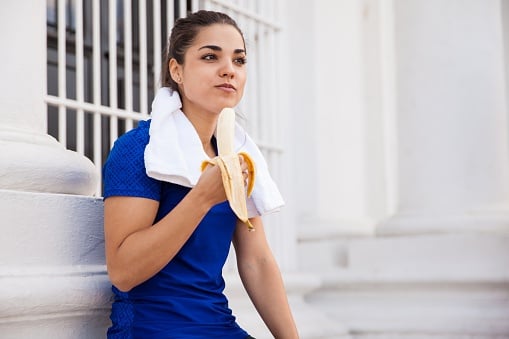 One of my main rules of thumb when helping clients with their food and nutrition choices is to choose more real foods. So why is it that when you are training or working out for over an hour, you hear about the importance of sugary and packaged drinks, gels, and bars?
One of my main rules of thumb when helping clients with their food and nutrition choices is to choose more real foods. So why is it that when you are training or working out for over an hour, you hear about the importance of sugary and packaged drinks, gels, and bars? 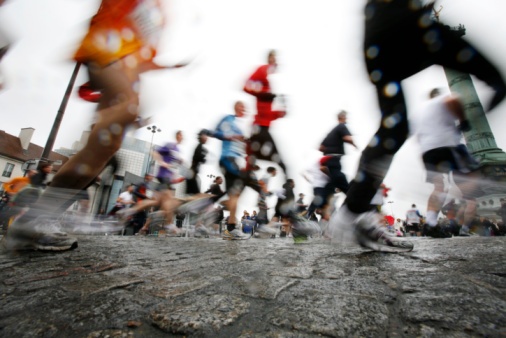 I am not someone who is really into New Year’s resolutions. I prefer to use the term “goal” when thinking about next year. When looking ahead, everyone is always trying to make some sort of health and fitness resolution (which for some is awesome and works), but we all know that come the end of February to mid-March, many have fallen off the bandwagon already.
I am not someone who is really into New Year’s resolutions. I prefer to use the term “goal” when thinking about next year. When looking ahead, everyone is always trying to make some sort of health and fitness resolution (which for some is awesome and works), but we all know that come the end of February to mid-March, many have fallen off the bandwagon already. 
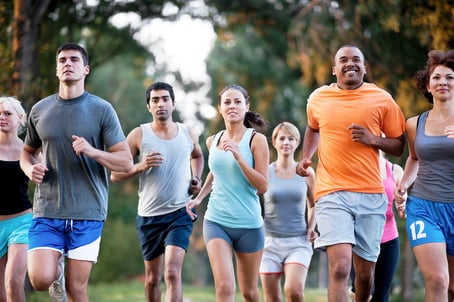 For years people have been running in marathons and half marathons, 10Ks and 5Ks. And most recently the wide world of racing has taken a turn for themed runs, which is quite exciting if you have ever been to one! But no matter how many years go by, two goals continue to come up: running farther, and running faster.
For years people have been running in marathons and half marathons, 10Ks and 5Ks. And most recently the wide world of racing has taken a turn for themed runs, which is quite exciting if you have ever been to one! But no matter how many years go by, two goals continue to come up: running farther, and running faster.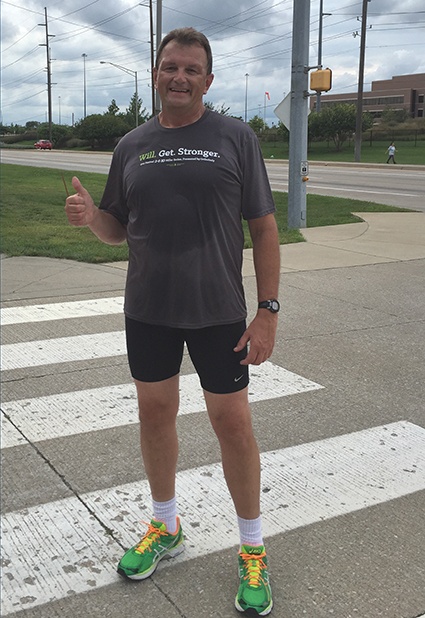 I wanted to take some time to highlight NIFS member Jack Taylor. I have gotten to know Jack through the fall
I wanted to take some time to highlight NIFS member Jack Taylor. I have gotten to know Jack through the fall 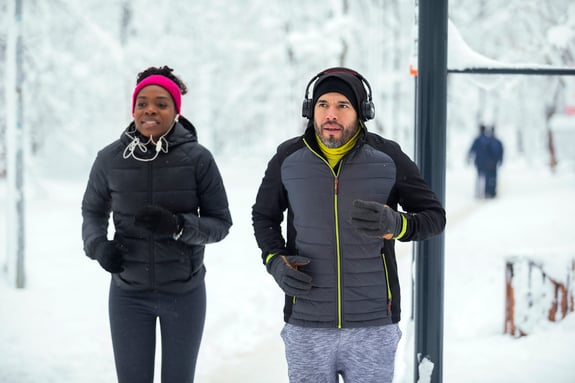
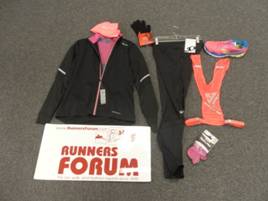
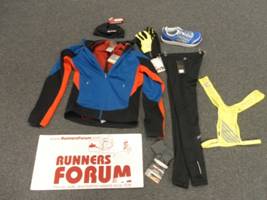
 So you have the running bug! You have now completed a few 5K races after years of debating whether you would even be able to finish one, and now you want to run faster. Congratulations on being one of over 8 million people to complete a 5K last year!
So you have the running bug! You have now completed a few 5K races after years of debating whether you would even be able to finish one, and now you want to run faster. Congratulations on being one of over 8 million people to complete a 5K last year!

 Four years ago when I began applying for schools, if someone asked me what I wanted to be when I grew up, I would have laughed and said, “I have NO CLUE!” I was not sure where I wanted to go, who I wanted to be, or what type of job I could see myself in. All I knew was I wanted to be close to home. Growing up I was very family oriented, so I knew whatever college I chose needed to be close enough to come home on the weekends for family dinner.
Four years ago when I began applying for schools, if someone asked me what I wanted to be when I grew up, I would have laughed and said, “I have NO CLUE!” I was not sure where I wanted to go, who I wanted to be, or what type of job I could see myself in. All I knew was I wanted to be close to home. Growing up I was very family oriented, so I knew whatever college I chose needed to be close enough to come home on the weekends for family dinner. When my senior year rolled around, I had one last program to complete before I could hold my diploma: a 16-week internship! Completely overwhelmed at the thought, seeing that the internships I did previously were barely a month long, I spent countless hours searching for a good fit. And after 3½ years of living at home as a college student, I was finally ready to be out on my own. I wanted to challenge myself and find something completely out of my element.
When my senior year rolled around, I had one last program to complete before I could hold my diploma: a 16-week internship! Completely overwhelmed at the thought, seeing that the internships I did previously were barely a month long, I spent countless hours searching for a good fit. And after 3½ years of living at home as a college student, I was finally ready to be out on my own. I wanted to challenge myself and find something completely out of my element.